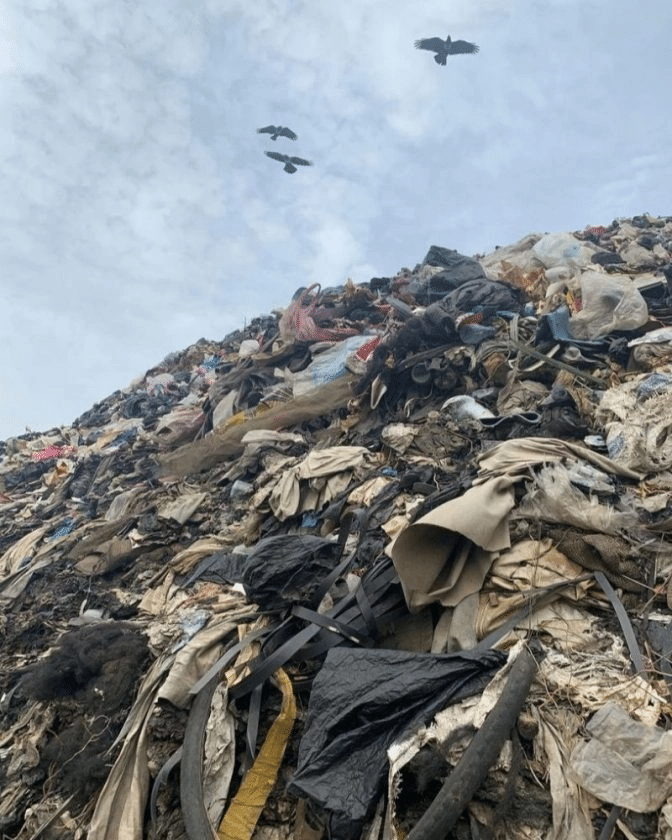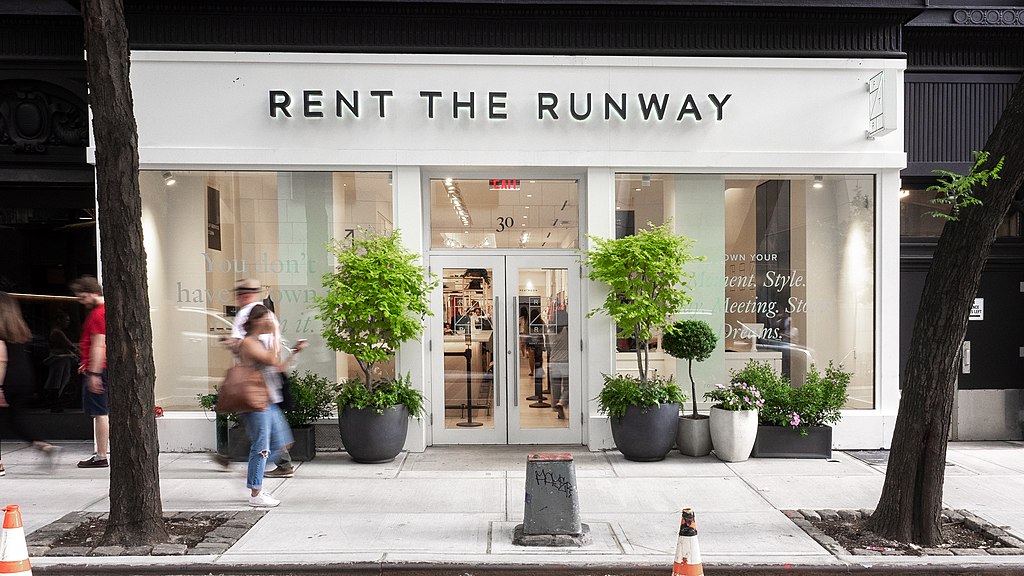There are many issues arising from the ever-growing fast fashion industry. Fashion rental could help reduce the environmental burdens of the fashion industry and improve accessibility among society to sustainable fashion.
—
Imagine that you’re planning to attend an event and you’d like to wear something ‘new’ (i.e. something that you haven’t worn before). Many consumers (in the Global North, at least) would head over to an online retailer and order something new for the occasion – and maybe with next day delivery added. Now, after you’ve attended the event, what would you plan to do with the garment? Some people may wear it once or twice, others may leave it in their wardrobe for years, eventually donating it to a charity shop.
We’re becoming increasingly familiar with the socio-economic and environmental costs of fast fashion, yet, in the last fifteen years, clothing production has roughly doubled. In March 2022, one of the major UK online fast fashion retailers listed 6,265 styles of dresses on their website, and that’s not including those in the sale (which frequently prices garments at just £2) section.
Fast fashion refers to the incomprehensible speeds at which clothes are produced and enter the market for consumers. As garments are produced at an extreme pace and often constructed with cheap, unsustainable materials, this affects the durability of the clothing. As a result, £140 million worth of clothing is sent to landfills every year in the UK. Many consumers that donate clothing to charity shops don’t realise that more than half of it ends up in landfills or is incinerated. This highlights just a few of the many issues that the ever-growing fast fashion industry is generating at unimaginable speeds.
Now, think back to the scenario where you had bought an outfit for the event. Imagine if you had instead rented the garment, worn it for the one occasion, returned it after to the lender, and never having to worry about where it would end up (like the illegal dumps that many “donations” find themselves). A quick search shows that, on one online rental platform in the UK, for the price of £40 you could rent a garment worth £250 for a couple of days (in comparison, there are 1,428 styles of dresses priced between £40 and £45 on one online retailer’s website in the UK).

Likened to an Airbnb for clothes, rental fashion is often discussed as being part of the sharing economy, and involves consumers renting garments from designers and peers. This embraces a very different approach to clothing ‘ownership’, and moves away from the fast fashion industry’s model that is often likened to single-use plastic.
There are several benefits of fashion rental for both people and the environment. First, renting garments often requires a change in mindset away from the fast fashion norms with which we have become so familiar. For example, the findings of this study indicated that “considerations around fashion rentals are utilitarian in nature, focussing on functional benefits rather than more hedonistic ones”. For many people, the decision to rent clothing will be a conscious one, and they will have to overcome many biases, norms, and beliefs about fashion to truly embrace the rental world. However, when people overcome these barriers to truly accepting a more sustainable wardrobe, this could potentially lead to longer-term changes in consumer behaviour, as rental fashion can trigger the mental work that needs to be done.
Hurr, an online peer-to-peer rental service, demonstrates this notion of a change in consumer attitude, and describes their motivation to “empowering women to extend the lifespan of their wardrobes”. Fashion rentals can do just that: empower people who realise the flaws in the fast fashion industry to do the research and change their consumer behaviour.
Fashion rental can also improve accessibility among society to sustainable fashion. One common perception of sustainable fashion is that it is more expensive to purchase. While this is (mostly) true, for if a garment was truly sustainable, its price should reflect the sustainable material, fair wages, and working conditions that went into making it. By providing more sustainable brands on the rental website, consumers are able to wear clothing that adheres to their ethical standpoints without paying the higher prices.
There are also clear environmental benefits of embracing a circular economy and slowing down fashion. Changing the throw-away aspect so deeply embedded in the current fashion industry would lead to less clothes being produced as throwing them away becomes less of a norm. For example, Rent the Runway says it’s displaced the production of an estimated 1.3 million new garments since 2010 with its business model, and extending the life of a garment is sure to have positive environmental benefits.
However, before rental fashion – which is still considered a niche form of consumption – can become mainstream, there are several issues that need addressing.
For example, research has suggested that the issue of contamination is one key obstacle to the uptake of rental fashion by the masses. An item could be considered contaminated when another person interacts with it, and consumers are put off by the idea of renting due to the idea of multiple people having previously worn the item. This idea is mainly rooted in culture, and the West’s idea of cleanliness, along with the norm of discarding items with small imperfections. A range of actions can in turn tackle this, such as by ensuring that clothes are dry cleaned in between uses (even though this raises questions about the carbon-intensity and sustainability of the business model); but perhaps the biggest point of focus ought to be in changing the mindset of the many who have become so used to the fast fashion norm for a change in this mindset is, after all, vital to dodge a total rejection of the rental fashion concept.
This article also suggests that renting clothes isn’t actually as sustainable as we originally thought, claiming that renting clothes is actually worse than throwing them away. The main driver of this finding was the transportation of clothing between the renters and the lenders, as rental fashion means that clothes are regularly delivered all around the country.
It is important to note that many sustainable fashion experts have discounted this research, highlighting that the study assumed that customers each drive 2km in a private car to collect their rental items. This does not in fact accurately reflect the rental fashion process in the UK which, as Fashion Revolution points out, uses a postal service to deliver/return rented clothes.
A thorough study into the claims that rental fashion is completely ‘green’ has not yet been published, but for now, it makes sense to believe that the rental fashion market has introduced a new way of thinking about accessibility, environmental impacts, and the sustainability of fashion.
If you’d like to find out more about the fast fashion industry and feel a need for collective change, Aja Barber’s book Consumed, tackles many of these themes, and also discusses the role of colonialism in fashion consumerism; and if you’re ever visiting Amsterdam, the Fashion for Good Museum (and their website is a valuable resource) is a great place to visit too.
Featured image by: Wikimedia Commons

















